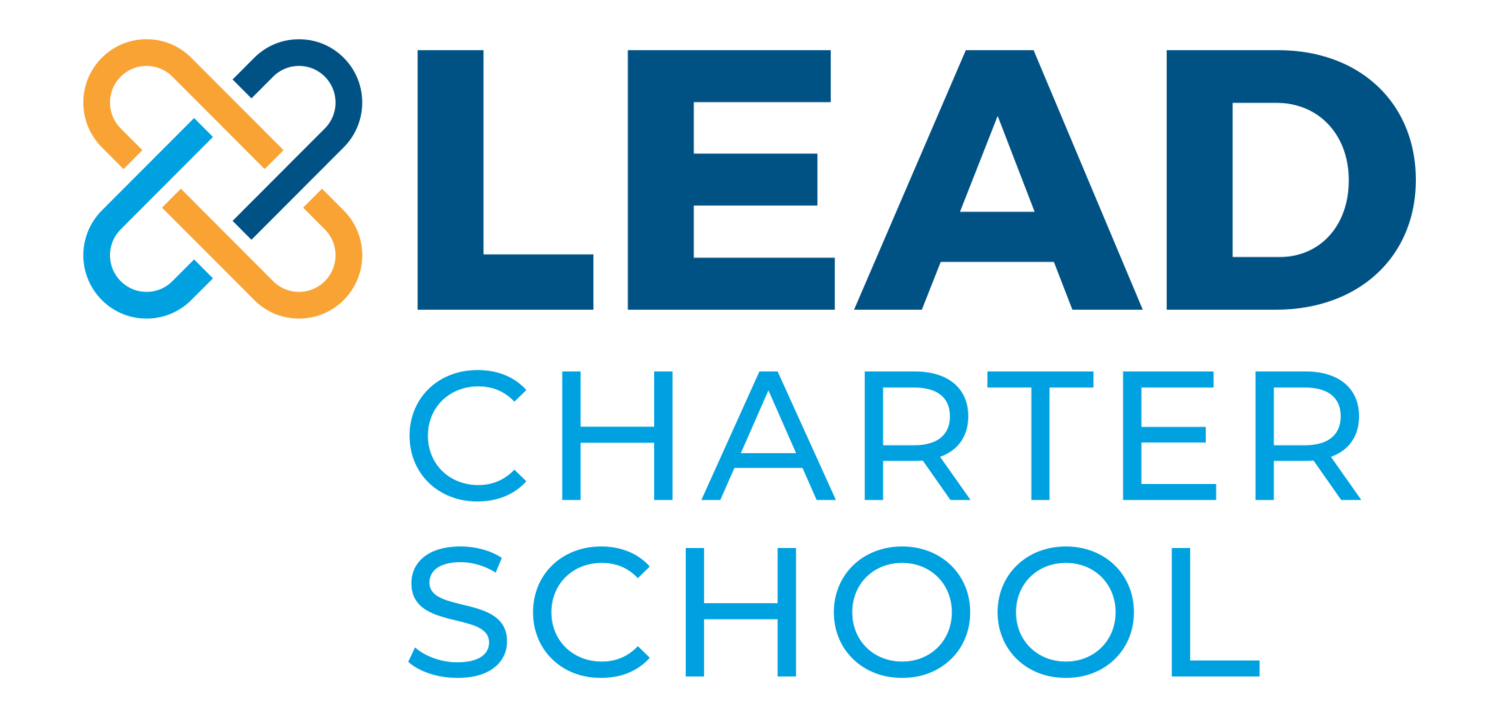LEADers stand and deliver at annual PGIM Public Speaking event
LEAD student Shanelle Gordan earned the top prize Wednesday, at the second annual PGIM Public Speaking event, the culmination of a week-long exercise in public speaking. Communications skills are invaluable as students prepare for post-secondary, and thanks to partnerships with PGIM Real Estate, LEADers were given an opportunity to stand and deliver.
In order to prepare for their speeches, LEAD enlisted the help of renowned motivational speaker Dr. Alex Ellis, who led a Public Speaking workshop where he addressed the fears, tools and principles of public speaking.
“Public speaking is necessary for all of us,” Dr. Ellis said. “We all use public speaking, whether you’re sharing your opinion in a class, whether you’re in a conversation or debating, if you’re pitching an idea...you’ll be standing and using public speaking.”
At the end of the workshop, students brainstormed potential speaking topics and received their challenge - use everything from the workshop to present a 3-minute speech to an audience of judges. Oh, and you have one week to get it done.
Despite the nerves, the students accepted the challenge, and immediately began drafting their speeches. Advocate Counselors and LEAD teachers worked in lock-step with students throughout the week helping them perfect their content, until Wednesday, when they arrived at Prudential Tower to share their stories.
Each speech was evaluated on five criterias - content, delivery, appearance, creativity and time frame. The first presenter Shanelle Gordon talked about the uniqueness of LEAD Charter School and the opportunities she’s received since becoming a LEADer. Next, Francia Laguerre talked about the power of self-love and how it can change a person’s life. Jenee Cordis discussed troubled youth, and challenged the audience to think differently about those kids that get labeled “bad” and “rude”; they just need someone to care about them.
Talib Crawford took the political route, and discussed the possibility of a World War III, offering detail on America’s past relationships with North Korea and Russia, recent conflicts in Iran and the potential sacrifice young Americans may pay if tensions escalate. To cap off the presentations, Aisha Sacko added a visual element to her presentation to tell an emotional story about the importance of education and her personal goals to be the first college graduate in her family.
While the judges deliberated, the five presenters breathed a sigh of relief that they had conquered their fears and shared their stories with the world.
Cordis said, on the experience, “It was a little bit challenging and nerve wracking, but at the end of the day, we did it for ourselves. A part of me feels lighter and I feel lifted that I got to present something that could change somebody in the future.”
Sacko added, “I was nervous, but we practiced a lot in seminar. It was different because it was more people in there, so I knew what I was doing. At the same time, my nerves got the best of me, but I still think I did a good job.”
Dr. Ellis and each of the PGIM judges offered thoughtful feedback on each student’s speech - praising their passion or their delivery - and offered advice on how to improve in the future - make more eye contact, be vulnerable with the audience, and don’t be afraid to get specific.
The top winners were:
1st - Shanelle Gordon
2nd - Francia Laguerre
3rd - Jenee Cordis
According to Ellis, public speaking trains young people to own their voice and communicate their thoughts and ideas to other people. As students prepare for the workforce, these public speaking tools are skills young people will use for years to come.
Dr. Alex Ellis’ tips for a memorable speech:
Use humor to break the ice and draw people in
Humility is key - Vulnerability and transparency help the audience connect with the speaker and helps them care about the issue you’re talking about; i.e. an empathetic expert
Be creative - Use props and tangible tools to add a visual dimension to your talk
Embrace the “pause” - It helps build tension and keeps the audience engaged
Use a “bus stop” - A call-and-response tool that draws the audience in and allows them to engage with the topic
Show people the journey - Tell the scope of the story (struggles and successes) to add authenticity

